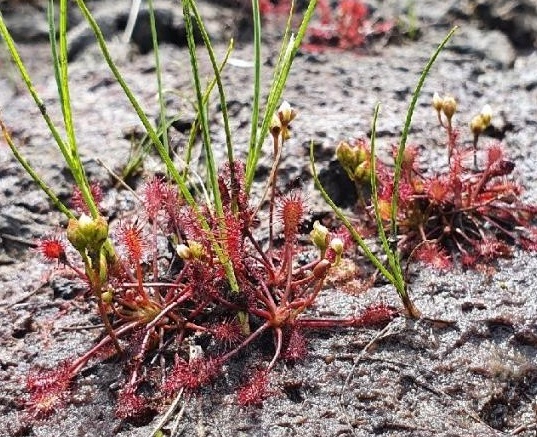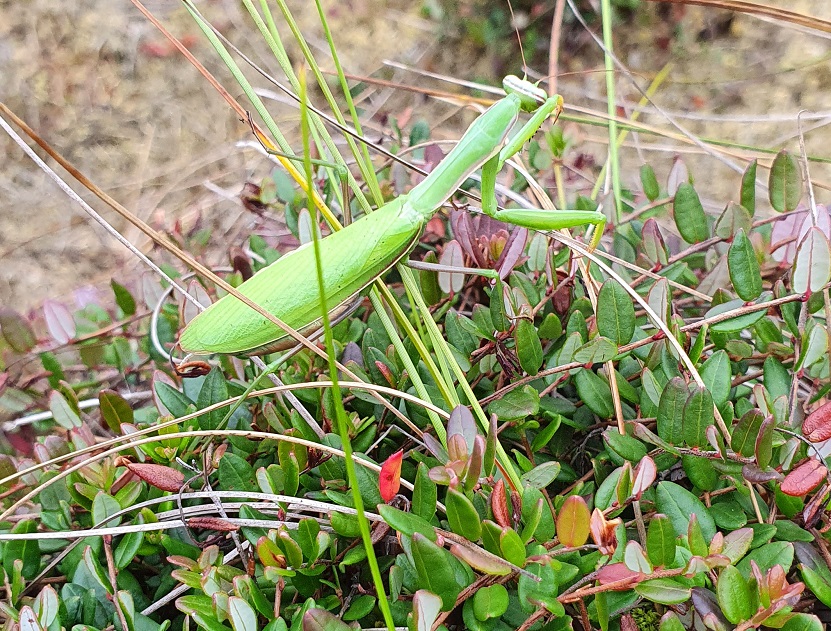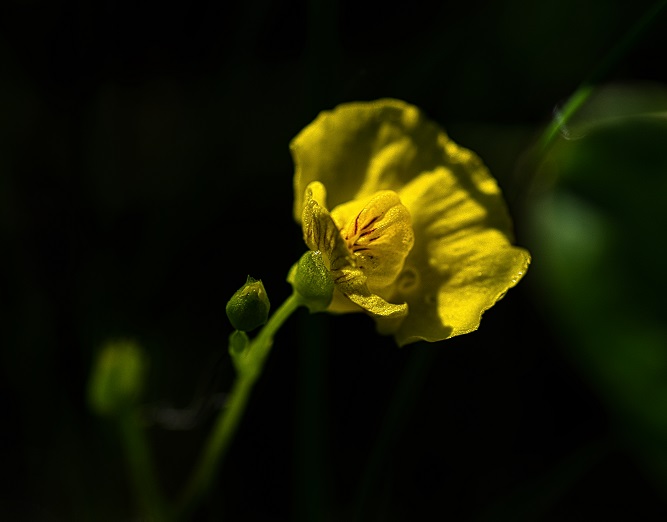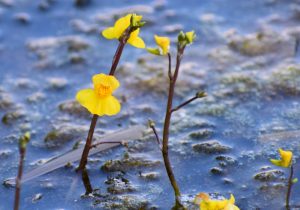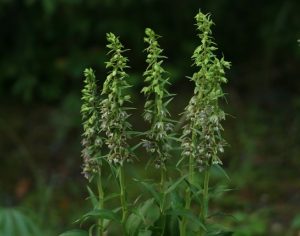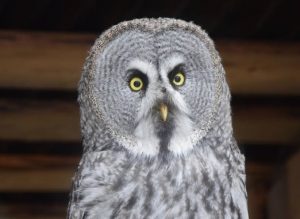. Byblis is the most beautiful genus of all of the sticky-leaved insect-eating plants. All Byblis plants produces delicate, leaves lined with sparkling droplets of glue which reflect light with a silvery brilliance, and this has earned the genus the English name ‘the rainbow plants’.
Ieškomi įrašai Literatūra
Byblis – the Rainbow Plants
Drosera – The Sundews
. Drosera is the largest and most diverse genus of all the sticky insect eating plants – that is to say, the seven genera of plants which trap arthropods (mainly insects) by secretions of glue that like the plants sticky leaves. Currently, 188 species have been found, with representatives on every continent except Antarctica and […]
Aldrovanda and Nepenthes
It is my pleasure to write to you to announce that the following brand new books have been printed and will soon arrive for distribution: Aldrovanda – The Waterwheel Plant by Adam Cross This spectacular 249 page work is the first comprehensive monograph of Aldrovanda, the extraordinary carnivorous “Waterwheel Plant”. Known for trapping aquatic prey between jaw-like […]
. At the start of the twenty first century, approximately 120 species of Nepenthes have been discovered across the Old World continents. The overwhelming majority of species within this genus occur exclusively in South East Asia with the greatest diversity to be found on the great islands of Borneo and Sumatra. Generally Nepenthes sp. occur […]
. The beginning of the twentieth century represents an age of discovery and exploration – a time when our picture of the Earth remained incomplete and still filled with the unknown. The Guiana Highlands of Venezuela, northern Brazil and Guyana lay at the forefront of the minds of explorers – a remote land dominated by […]
Heliamphora ionasii – One of the Largest and Most Beautiful Species of the Marsh Pitcher Plants
. In 1978, Basset Maguire described two new species of marsh pitcher plants based on the findings of several expeditions to the Guiana Highlands of Venezuela, Guyana and Brazil which he and various colleagues at the New York Botanical Garden led during the 1950s, 1960s and 1970s.
. During 1838 and 1839, the celebrated German cartographer Robert Schomburgk was dispatched by the British Government to travel to the remote interior of the colony of British Guyana (now Guyana) to map the remote borders of the province and to survey the topography and geology of the territory. During the early 19th century, the […]
